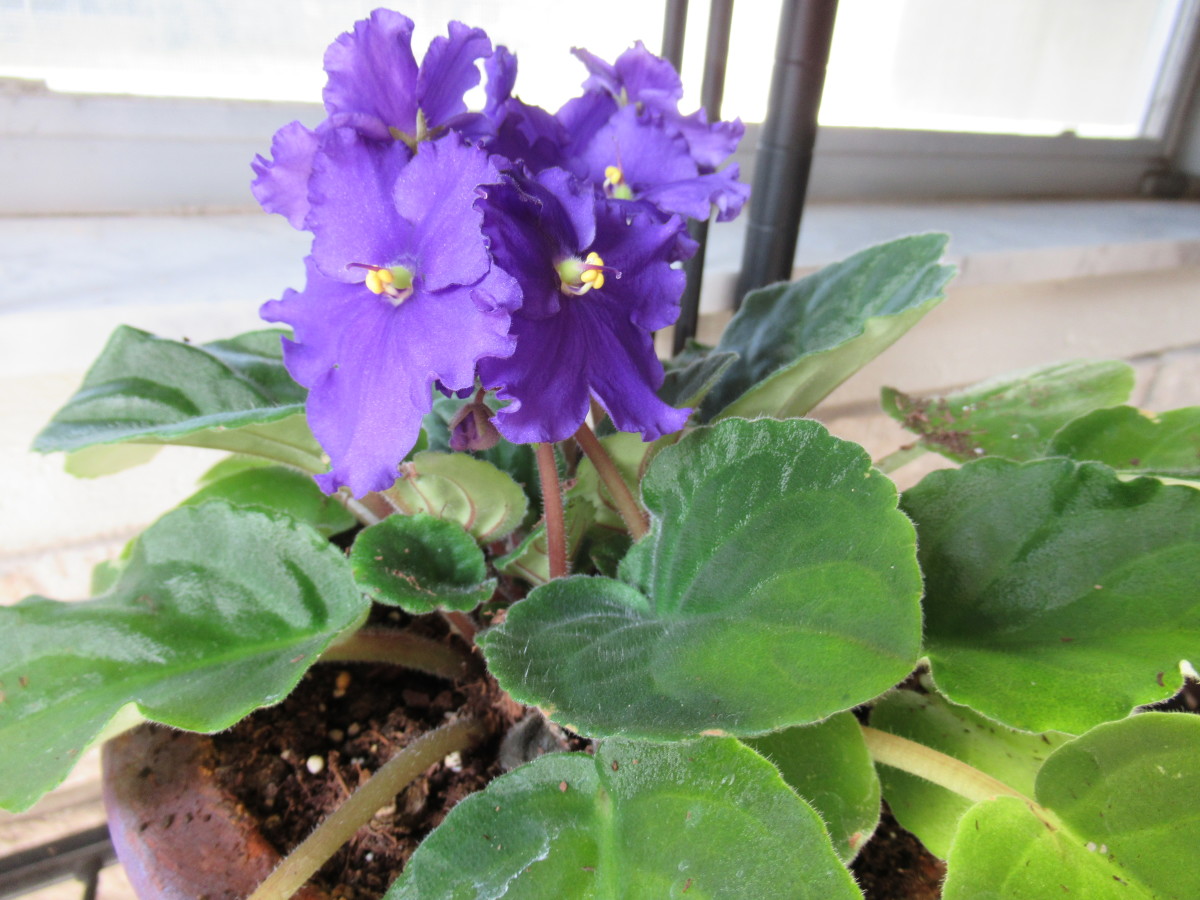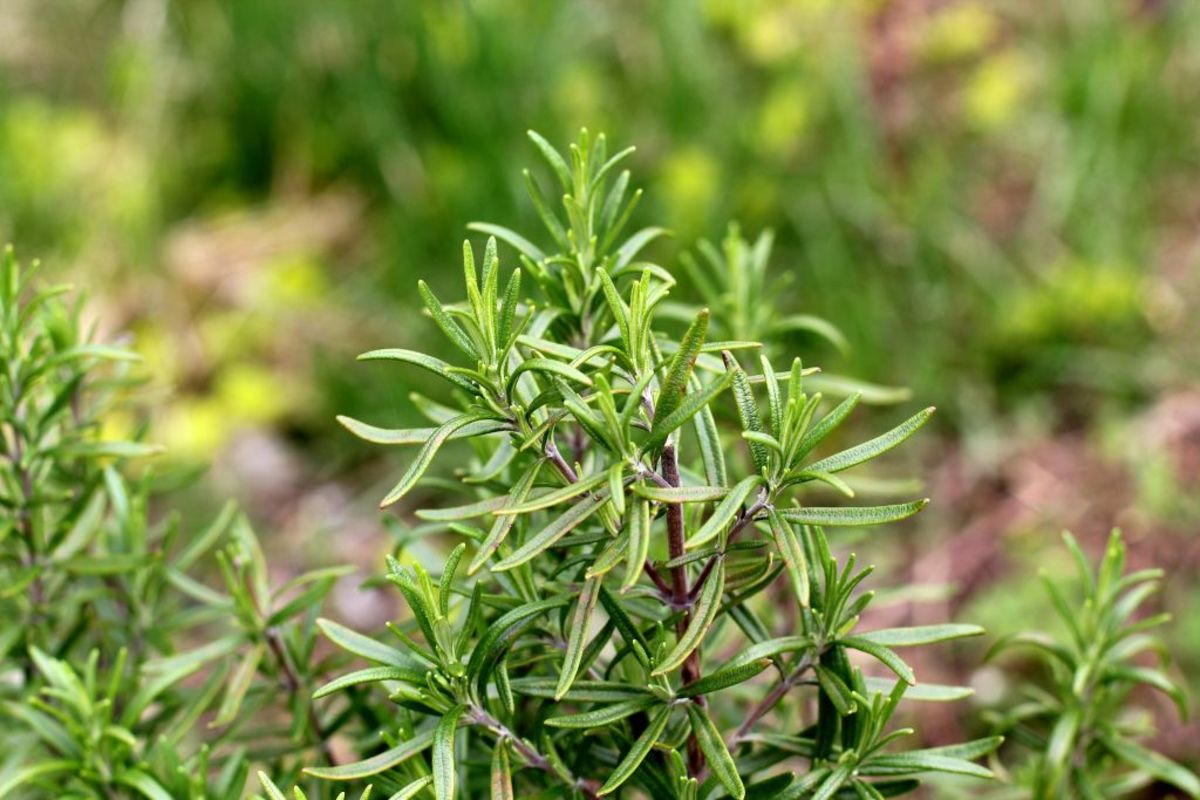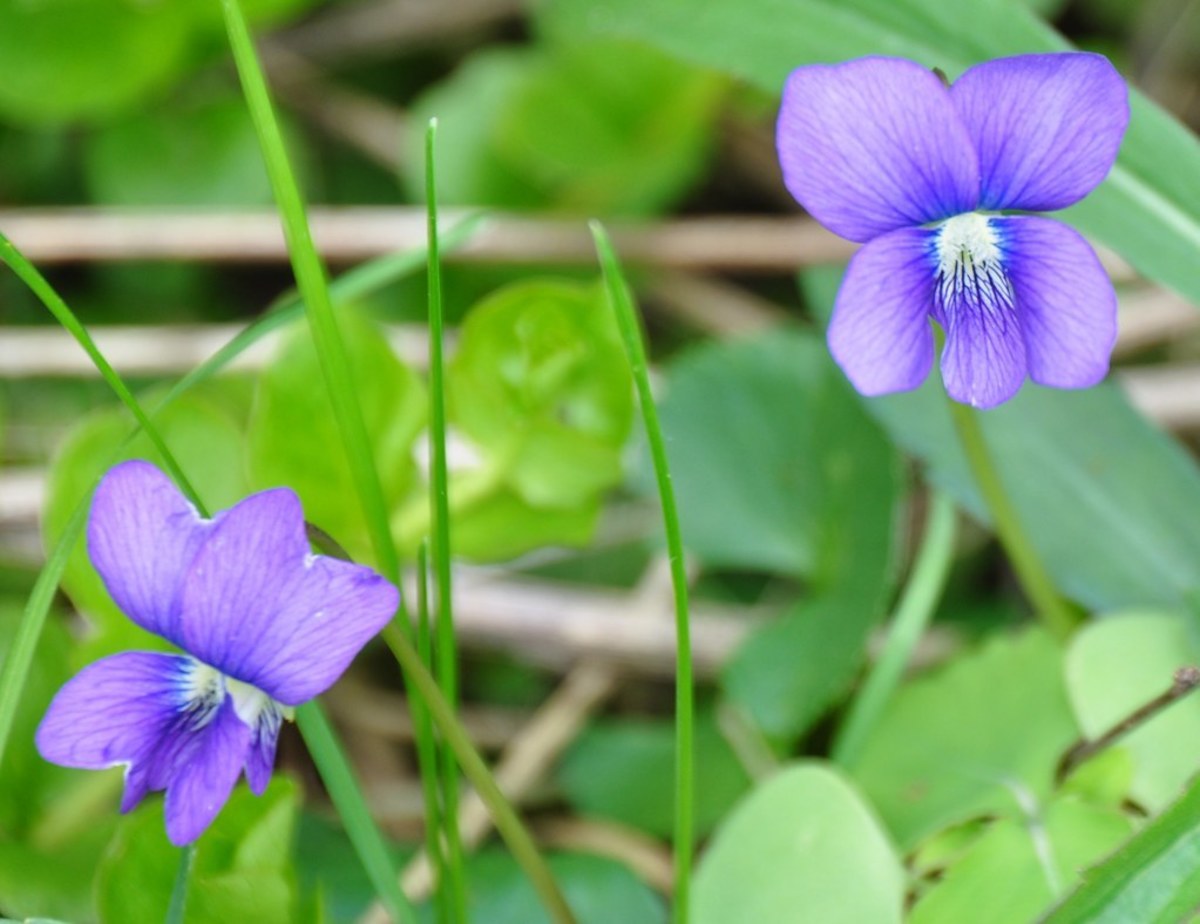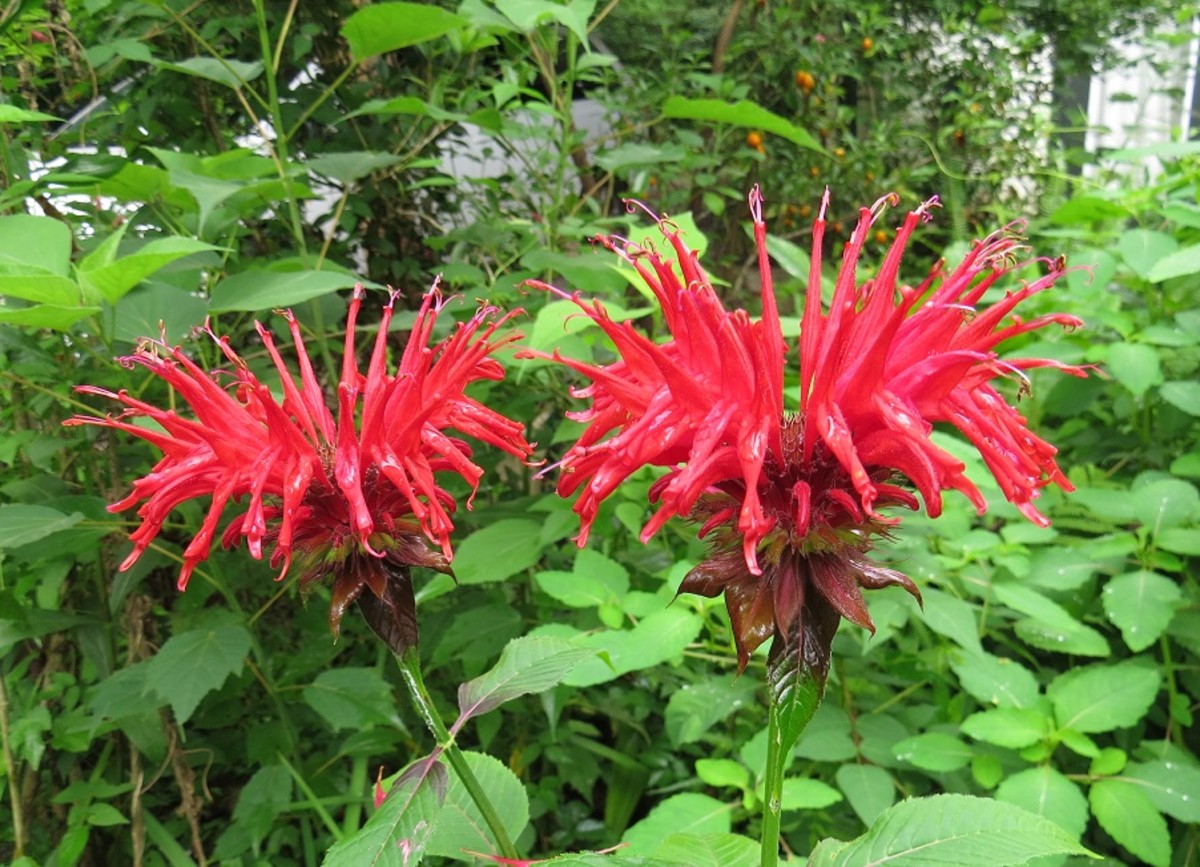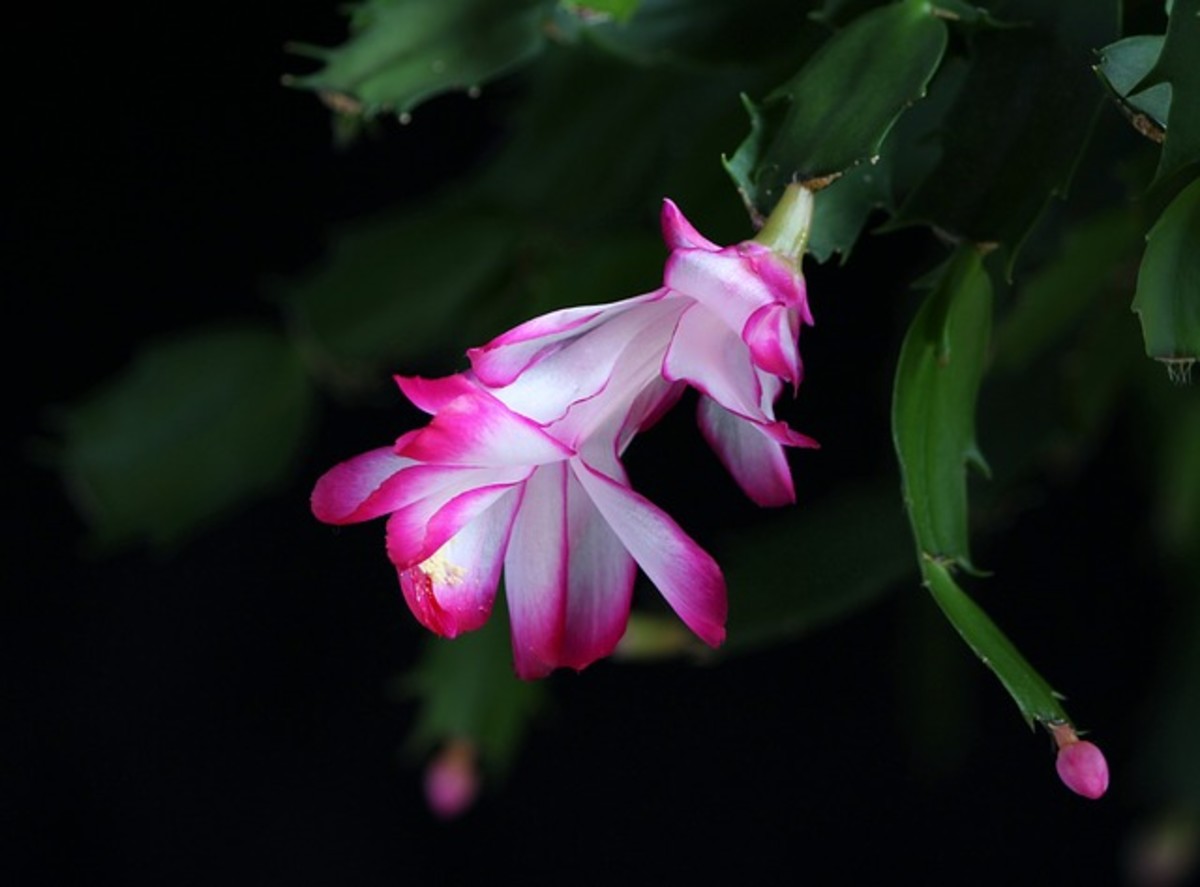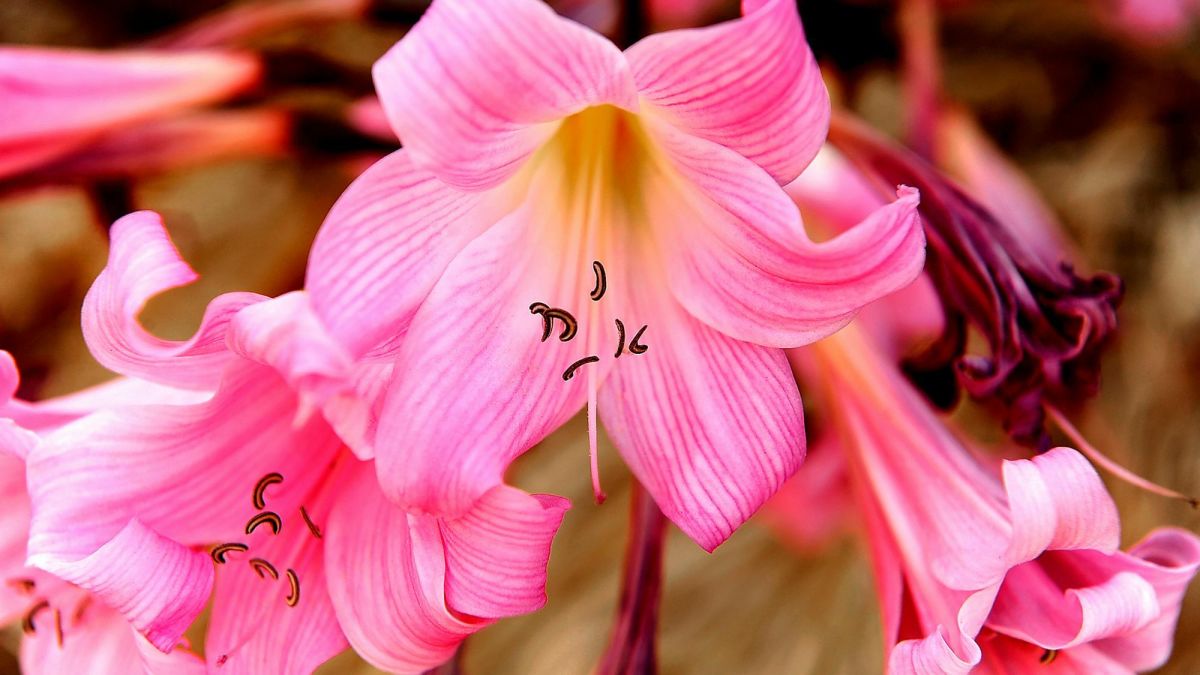All about African violets
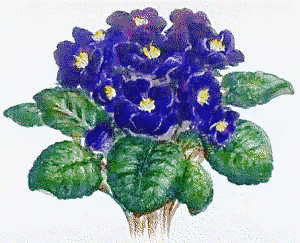
The African violet (Saintpaulia ionantha) is an excellent indoor flowering plant. A low, compact plant with attractive dark green, thick, hairy leaves, African violets are available in many different colors, including purple, white, pink, blue, violet, and bicolored. Under the proper growing conditions, they produce flowers almost continuously.
Thousands of varieties of African violets exist, and new hybrids are being developed constantly throughout the world. Newer violets not only include cultivars with single flowers, but also those with semi-double or double rows of petals.
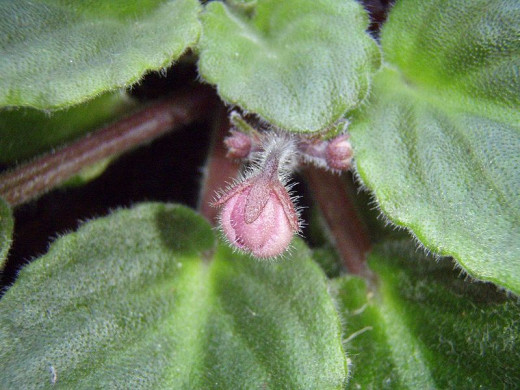
Watering African violets
African violets don't like too much water; however, don't let their soil dry out. Instead of watering them on a fixed schedule, you'll need to periodically feel the soil around the plants, making sure to water only if the top is dry.
It's best to use lukewarm or room-temperature water, because African violets don't like water that's too hot or too cold.
Always water smaller pots from the bottom. To do so, put the container in a saucer of water for half an hour and let the plant soak it up, then pour off the excess. Large pots should be watered from the top. Just try to keep water off the leaves, or else they'll spot.
Tips to maintain African violets
It's a good idea to groom the plant anytime you can. Remove dead leaves and flowers, including stems that no longer have any flowers.
African violets adjust well to the warm temperatures and dry air of homes.You can also provide extra humidity by placing plants on trays of wet pebbles -- low humidity can result in small flowers, dropping buds, curling leaves, and brown edges on the leaves.
Proper lighting for African violets
To keep the plant blooming continuously, make sure it receives the right kind of light. Although African violets don't need direct sunlight, about 12 hours per day of bright, filtered light is the best way to keep them flowering constantly.
Artificial lights also do the trick; fluorescent lamps produce the best results. Plants grown entirely under fluorescent lights should be placed 6 to 12 inches below two 40-watt tubes for 15 to 18 hours per day.
If the plant doesn't receive enough light, the leaves usually become deeper in color and thinner than leaves on plants that receive the proper amount of light. The plants may grow well; however, they'll flower poorly or not at all. On the other hand, if the African violets are getting too much light, the leaves become pale or yellowish green.
During the fall and winter (September to March), try to place the plant near a window facing east. In the spring through the summer, set the plant in a window facing north. Direct exposure to the sun in winter can help the plants maintain continuous blooms, but the summer sun can burn them and cause blemishes on the leaves. Also, in the winter, beware of cold windowpanes, because the cold can damage any leaves that lean against the glass.
Proper fertilization for African violets
As with most houseplants, African violets need to be fertilized regularly, at least every two weeks.
Many completely water-soluble fertilizers containing nitrogen, phosphorus, potassium and other required nutrients are sold for use on houseplants and African violets. The safest way to apply dissolved fertilizer is to give the soil a normal watering from the top, apply fertilizer from the top and then discard excess water and fertilizer solution that drains from the bottom.
Plant growth and color often indicate need for fertilizer. A gradual loss in leaf color combined with a reduced growth rate usually indicates that fertilizer is needed. If in doubt as to whether plants need additional nutrients, fertilize one or two and wait about 10 days to see how they react. If plant growth is evident and they become darker in color, the rest of the plants may be fertilized
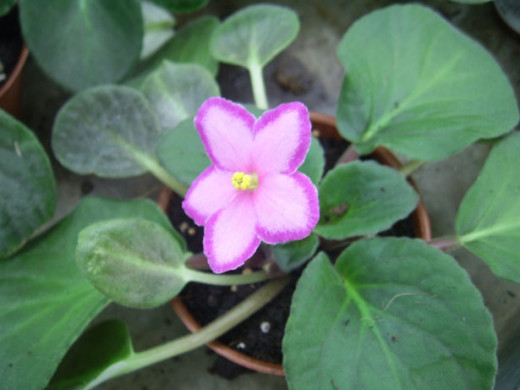
Propagation of African violets
Leaf cutting remains the best way to propagate your African violet. It's best to do it in the spring, and any leaf will do.
How to propagate your african violet
- Start by removing the entire leaf, including stem, by snapping or cutting it off and trimming to about 1 to 1-1/2 inches in length.
- Make a hole in the soil, insert the leaf stem into the hole, and water thoroughly. Roots should appear in three to four weeks, and leaves should appear in about three to four weeks after the roots form.
- Plants will start to appear in two to six months, and you'll be able to repot them when they've formed two to three leaves.
- Another alternative is to propagate by division. Cut each crown away from the plant carefully so each plant has its portion of the root system, and plant each division in whatever potting mix you're using.
Potting African violets
The basic rule of thumb is that the potting mix must be light and porous. It should always be sterilized to minimize fungal and bacterial rot problems.
If you've just bought an African violet, you may want to repot it as soon as possible. The African Violet Society of America warns that the potting mix most commercially sold violets are grown in consists primarily of peat moss. These prepared mixes are usually sprayed with a chemical that causes the peat moss to absorb water, then release it slowly to the plant. The problem is that the chemical only lasts three to six months, and once it loses its effectiveness, the peat moss will tend to either hold too much water or none at all. So, if you don't want to lose your African violet after six months, repot it to save it from drowning.
Basic potting recipe
- Use regular potting soil, fine peat moss, coarse vermiculite, and perlite.
- Begin by filling a 2-1/2-inch pot with regular mix and press gently.
- Remove approximately 1 heaping teaspoon from the center and fill with coarse vermiculite.
- Press the plant into the dampened vermiculite securely.
- Keep it very moist until you notice that it looks "perky."
- Transplant it into a bigger pot and fill the sides and top.



